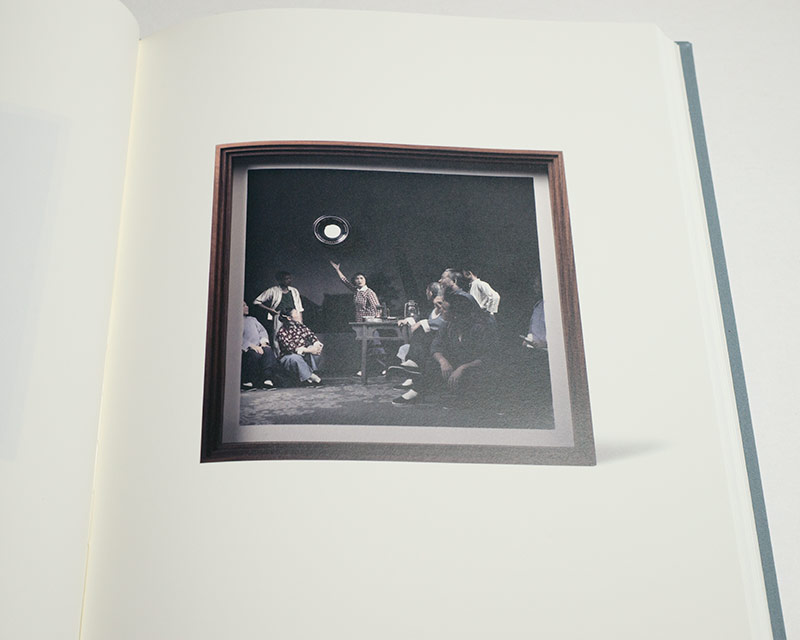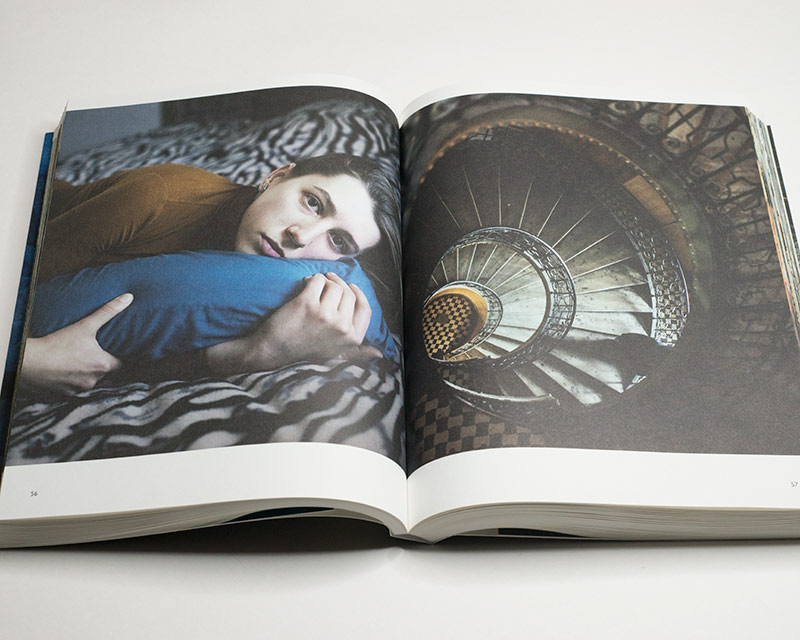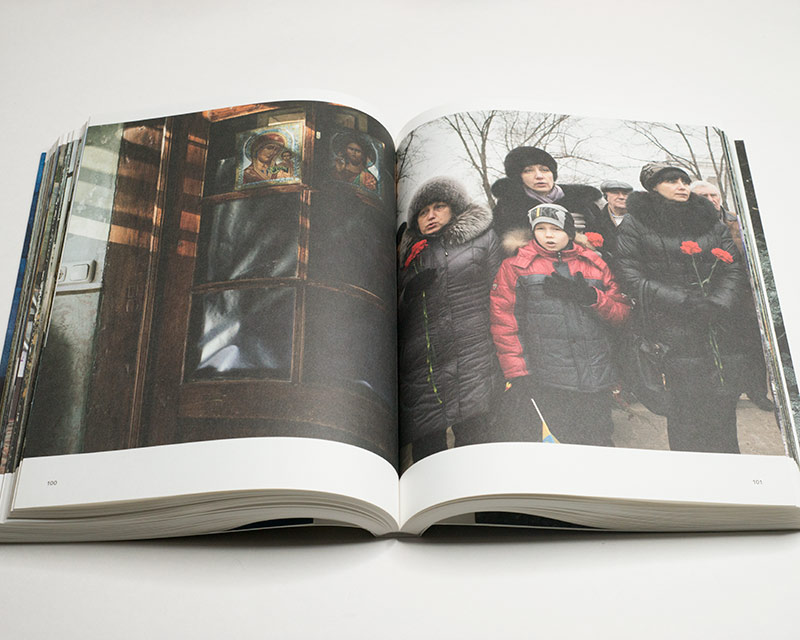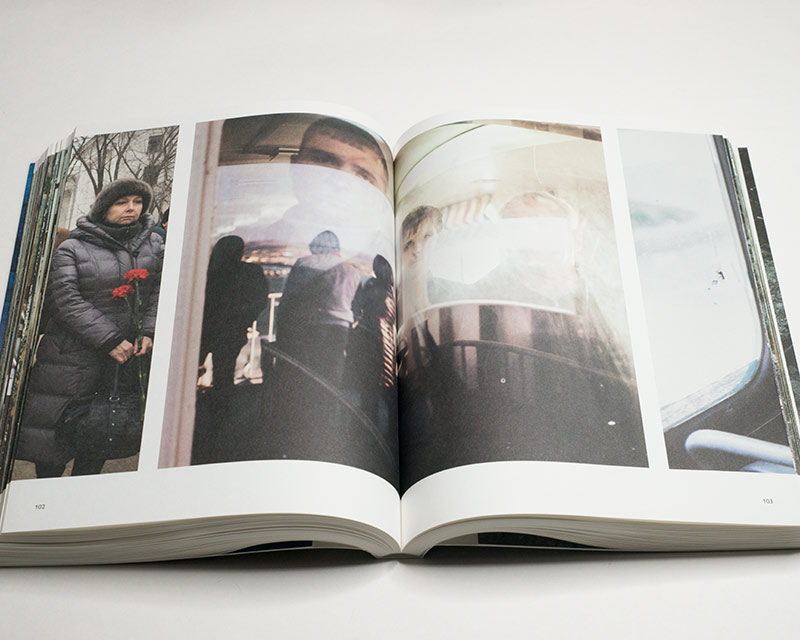Three weeks ago, I reviewed a book of photographs taken in Eastern Ukraine from 2013 until last year. When I wrote the article, I had a bad feeling about where things might be heading in the country. However, even though I’m generally a pessimist (I’m German), I didn’t think there would actually be a large-scale war such as the one that has now erupted.
My interest in Eastern Europe is limited in scope because of where its origin. I know a quite a bit about some countries, and very little about others. As I’ve looked into the history of the country I was born in, places like Ukraine played a large role. I’d like to think that I now know historical facts relatively well, in part because of a number of books I’ve read. These books include Bloodlands by historian Timothy Snyder, which covers the swatch of land where you can find Belarus, Poland, Ukraine, and the Baltic Republics. Snyder has also covered more recent events in Ukraine on his mailing list.
Last week, I published an article that from what I can tell garnered some attention, with agreement as much as disagreement. As I wrote in that article, the question of photography’s role in the world has been on my mind for a while. Unlike many people, I do not see photographs as separate from people, regardless of whether it’s their photographers or their audiences. I wrote that “something can be more than one thing: a piece of art and a part of a larger societal or cultural or political context.”
The same is true for people. You can be a photographer and artist, yet at the same time, you’re a member of a society, of a cultural context, of a political context. These environments are not necessarily of your choosing (even though they can be, at least in parts). But from these environments results the necessity to figure out what you’ll do with that.
Obviously, what you decide to do depends on yourself and your environment as much as on what you’re facing. Whether it’s the pandemic, global warming, systemic racism, the war in Ukraine (or elsewhere), the onslaught of bad news has been relentless during the past decade. It feels as if all of these topics are much too large for a single person to even engage with.
What is more, neoliberal thinking has managed to put us into a very unpleasant situation. On the one had, we feel compelled to do something. On the other hand, we’re trained to see what we do as essentially futile. And then, when we decide to do something we already know that someone will point out that it’s just futile or an exercise in feeling good. I’m no psychologist, but I’m wondering if the concept of learned helplessness has already been applied to social media (a quick Google search yields a first result — there might be more).
I’m going to be honest: I don’t have a solution for this other than trying to do what feels right and just to me, knowing full well that I will be falling short and, potentially, ignoring other problems that are just as important. It’s an approach that has been fruitful in my own art making as well.
I do not share the wide-spread cynicism that anything you might do on social media is just a feel-food exercise for yourself. I can’t help but think that this criticism (if we want to call it that) is not so far from the kinds of accusations lobbed at people who take selfies. Supposedly, that’s just a vapid feel-good exercise. Until the president of Ukraine publishes selfie videos and stuns the world with their power. If you haven’t seen the first one, yet, have a look.
Whatever misgivings I have about social media, I simply don’t believe that expressions of solidarity are only one of two things: actually felt expressions of one’s feelings or exercises to project a sense of virtue. In all likelihood, they’re both at the same time. Maybe I’m a bit naive about this, but I also think that it’s up to us individually to determine where most of the weight falls.
Coming back to this site, I had a review of a book in mind for this week. Unfortunately, right now I am unable to bring up the mental energy required to do so. Furthermore, I also am unable to justify doing it. At this particular moment in time, for me normal programming doesn’t feel right. If this disappoints you, please check back here next week.
For his mailing list, Timothy Snyder wrote two emails that listed organizations to support in case you want to do something for Ukraine. He wrote “A little money, sent in the right direction, can make a meaningful difference. And it might give you a sense that you have done the right thing, at least in a small way, at the right moment.”
The first email contained a list of charities and organizations that possibly rely only on bank transfers. In the second email, Snyder listed charities and NGOs that accept credit cards. There also are a number of organizations provided in this list put together by NPR. From my own experience, I know that some organizations also accept payment systems such as Paypal (I wouldn’t know about Venmo, given that I’m not using it much).
Like I said, each and every one of the massive crises we’re now facing provides yet another opportunity to think about our place in the world. There’s no good way to approach this other than the one that’s right for each and every one of us individually. Plus, it’s like what they say in those safety messages on an airplane: put your own oxygen mask on first, before you help others.
See you back here next week.










